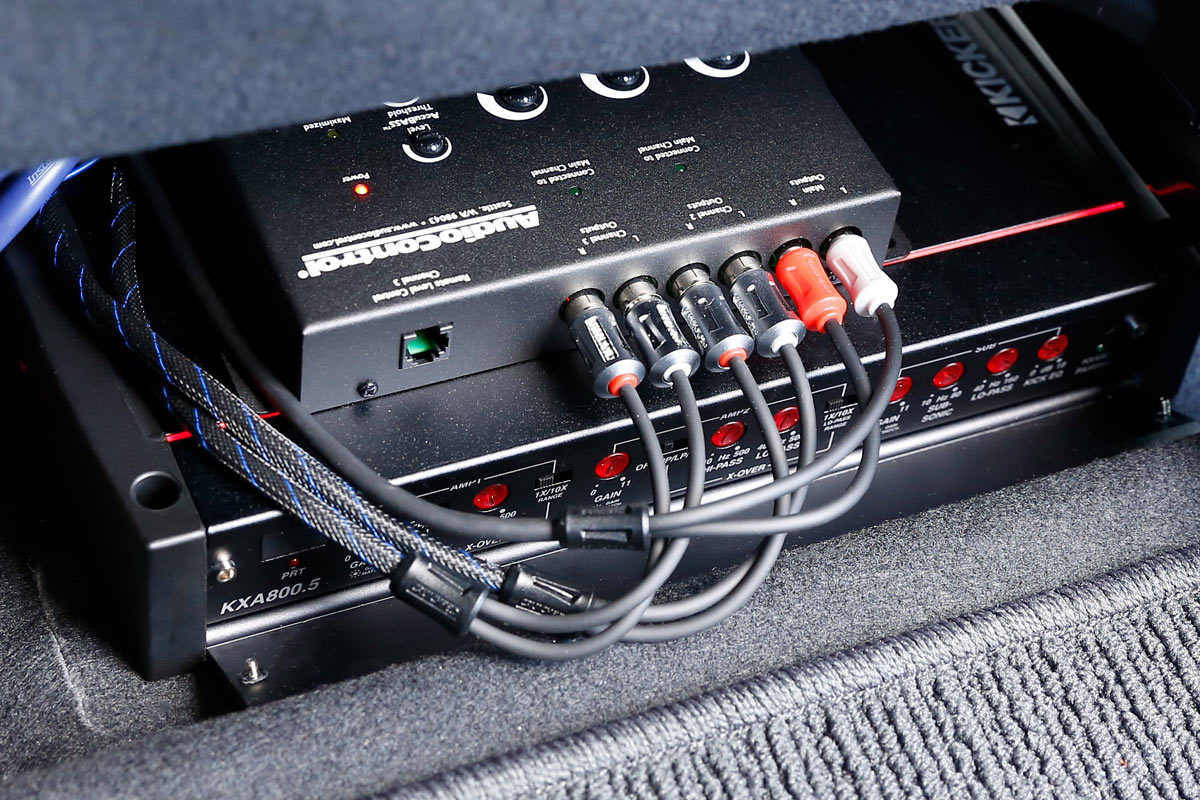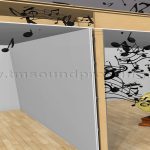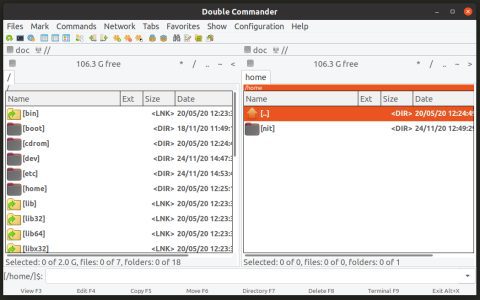A Class D amplifier, often termed a switching amplifier, operates by rapidly switching its output transistors between fully on and fully off states, rather than in a continuously variable linear mode like traditional Class A, AB, or B amplifiers. This fundamental difference in operation leads to distinct characteristics, particularly in efficiency.
Operating Principle
The core of a Class D amplifier's operation involves several key stages:
- Modulation: The analog input audio signal is first converted into a high-frequency series of pulses. The most common method is Pulse Width Modulation (PWM), where the width of the pulses corresponds to the amplitude of the audio signal. Other techniques like Pulse Density Modulation (PDM) or Sigma-Delta modulation are also used.
- Switching Stage: This high-frequency pulse train drives power transistors, typically MOSFETs. These transistors act as switches, rapidly alternating between a fully conductive (on) state and a non-conductive (off) state. Because they spend minimal time in the resistive linear region where power is dissipated as heat, power loss within the transistors is significantly reduced.
- Output Filter: A passive low-pass filter, usually an LC (inductor-capacitor) network, is placed at the output. This filter removes the high-frequency switching components, reconstructing the amplified analog audio signal to be delivered to the load (e.g., a loudspeaker).
Advantages of Class D Amplifiers
Class D topology offers several compelling advantages:

- High Efficiency: This is the hallmark of Class D amplifiers. Theoretically, efficiency can reach 100%, though practical designs typically achieve over 90%. This high efficiency stems from the output transistors operating as ideal switches, minimizing power loss as heat.
- Reduced Heat Dissipation: A direct consequence of high efficiency is significantly less waste heat. This allows for smaller heatsinks or, in some low-power applications, no heatsinks at all, reducing the overall size and weight of the amplifier.
- Compact Size and Lighter Weight: The reduced need for large heatsinks and potentially smaller power supply components (due to lower overall power draw for a given output) contribute to more compact and lighter designs compared to linear amplifiers of similar power output.
- Lower Power Consumption: Due to their efficiency, Class D amplifiers draw less power from the source, making them ideal for battery-operated devices and applications where energy conservation is critical.
Disadvantages and Considerations
Despite their benefits, Class D amplifiers also present certain challenges and considerations:
- Electromagnetic Interference (EMI): The high-frequency switching can generate significant EMI, which may interfere with other electronic devices. Careful circuit board layout, shielding, and filtering are necessary to mitigate this issue.
- Output Filter Design Complexity: The design of the output low-pass filter is critical. Its performance can be affected by the speaker impedance, which varies with frequency. An improperly designed filter can lead to frequency response anomalies and distortion. The quality of filter components, especially the inductor, is also crucial.
- Potential for Distortion: While modern Class D designs can achieve very low distortion, imperfections in the switching process, such as timing errors (e.g., "dead time" introduced to prevent shoot-through), and non-linearities in the modulation stage can introduce distortion if not carefully managed.
- Complexity of Control Circuitry: The modulation and feedback control systems in Class D amplifiers can be more complex than those in simpler linear amplifiers, potentially increasing design effort.
Common Applications
The advantages of Class D amplifiers have led to their widespread adoption in various audio applications:
- Portable audio devices (smartphones, MP3 players, Bluetooth speakers)
- Automotive audio systems
- Home theater systems (AV receivers, soundbars, powered subwoofers)
- Professional audio equipment (PA systems, powered stage monitors, instrument amplifiers)
- Flat-panel televisions
- Hearing aids and other power-sensitive audio devices












